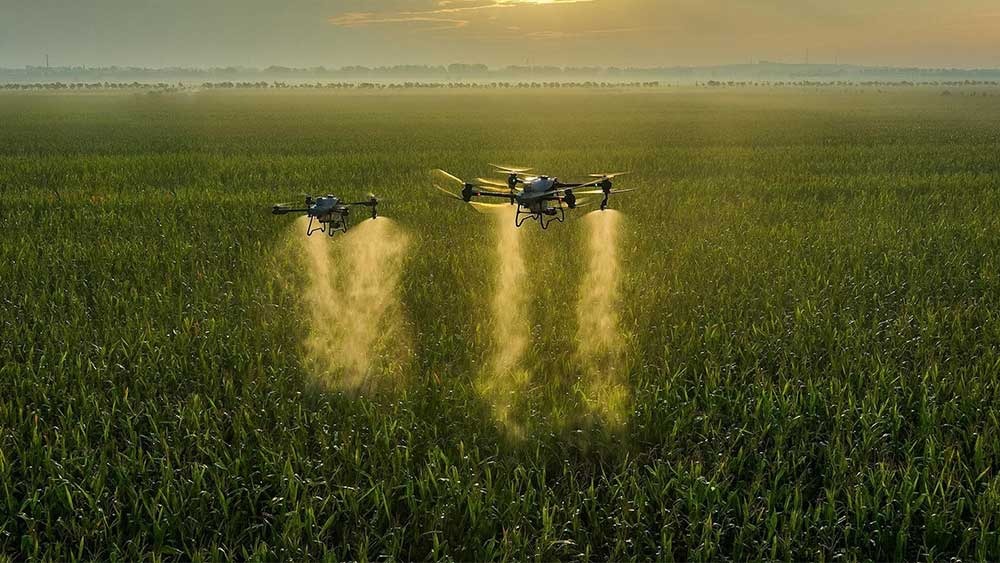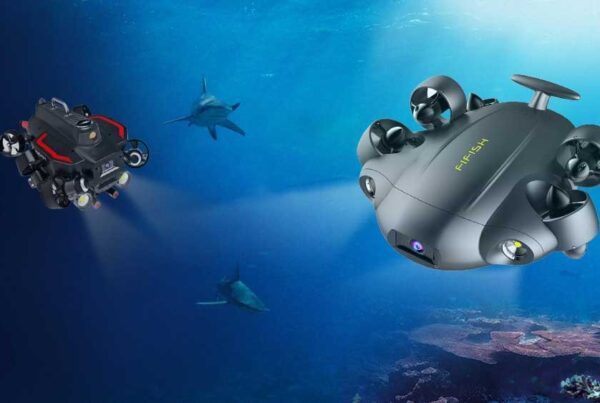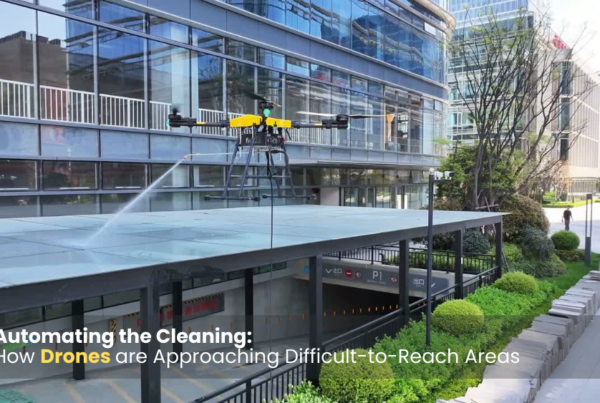
Agriculture is being transformed with the development of sophisticated drone technology. In 2025, agricultural drones have emerged as a vital tool for farmers these days, ensuring unmatched efficiency, precision, and affordability. The drones are designed to enhance various farming activities such as crop monitoring, precision spraying, and yield estimation, finally increasing productivity and reducing costs.
The Role of Sophisticated Drones in Agriculture
As technology advances in the air, drones have transcended their role as spy gadgets. They are now central to precision agriculture, whereby every aspect of farming is streamlined for optimal output and sustainability. High-precision spraying systems characterize sophisticated drones of today, making uniform application of fertilizers, pesticides, and herbicides with minimal wastage possible.
These drones come equipped with automated variable rate application (VRA) to rationalize chemical dispensing based on crop requirements. With their high-flow pumps and staged spray nozzles, they rapidly cover large areas with reduced work hours and optimized resource utilization. In addition, adaptive flight control systems help prevent the kinds of terrains from causing modes of operation errors, making them adaptable in different agricultural landscapes.
Smarter Mapping and Terrain Awareness
These day’s farming drones are not only equipped with elementary flight maneuvers but possess AI-aided mapping and intelligent routing planning to analyze the state of the field and execute activities more efficiently. Real-time terrain sensing technology allows them to fly over uneven fields with maximum altitude, providing even spraying. Intelligent route planning maximizes working efficiency by reducing overlap and unnecessary repetition. With centimeter-level accuracy, thanks to high-precision RTK (Real-Time Kinematics) modules, these drones prove to be highly beneficial for precision agriculture.
Agricultural Drone: Constructed to Last and Work Anywhere
Agriculture never stops when the weather is unforgiving, and technology is no exception. Built to last, today’s drones are waterproof and dustproof, thus making them capable of running smoothly under harsh conditions. Their carbon fiber construction with high strength makes them tough yet light and responsive. Special wind-resistance technology enables them to glide well even in moderate wind, and hence they become season-proof tools.
Flexibility in Agric Operations
Drone agriculture is not merely applied for spraying. With their multi-payload functionality, they can perform several tasks that are required in addition to chemical application:
Crop Health Monitoring: Equipped with multi-spectral and RGB cameras, they can detect early signs of disease, pest infestations, or nutrient deficiencies.
Seeding and Fertilizer Granularization : With advanced dispersion systems, drones can uniformly sow seeds and fertilizers to stimulate uniform crop growth.
Yield Estimation and Data Analytics: Artificial intelligence-based software processes field data so farmers can maximize their yield and make effective decisions on crop care.
The DJI Agras Series – Raising Agricultural Drone Technology
Among agricultural drone technology’s top leaders is DJI, which has crafted the Agras series of drones with a series of drones specific to various agricultural requirements. The DJI Agras T10, T25, T30, T40, and T50 are part of this offering, each introducing new features that improve farming effectiveness.
DJI Agras T10: This is a compact variant for small-scale farms, featuring a 10-liter tank capacity and a robust but light frame for quick and efficient spraying.
DJI Agras T25: An efficient and payload-capable medium-sized drone with a 25-liter tank and state-of-the-art terrain-following for precision application.
DJI Agras T30: For bigger operations, with a 30-liter capacity, efficient spraying systems, and intelligent route planning for optimal coverage.
DJI Agras T40 : For commercial-level farming, with dual-tank systems, a 40-liter capacity, and improved AI for intelligent farming insights.
DJI Agras T50: The most powerful model of the series, with a 50-liter tank, ultra-high efficiency, and precise spraying, which is the preferred choice for large farmlands.
Agricultural Drone: Scalability for Various Farming Requirements
The versatility of drone technology makes it possible for farms of all sizes to benefit from their efficiency. The DJI Agras series has a range of solutions so that regardless of whether a farmer has a few acres or large fields, there is a drone that can fit their requirements. From small farms employing the Agras T10 to commercial fields employing the Agras T50, these drones have specialized solutions for any agricultural requirement.
Ease of Use and Automation
Despite their technology, today’s agricultural drones are designed to be easy to use, such that farmers may employ them without going through specialized training. Single-tap automatic flight modes facilitate rapid and seamless deployment.
Bundled obstacle avoidance sensors enhance safety, preventing potential crashes and interruptions. High battery life and rapid charging further minimize downtime, such that big farming operations run seamlessly and uninterruptedly.
The Future of Agriculture through Drone Technology
While the farming industry continues to adapt technology, drones are set to take center stage when it comes to precision farming, resource optimization, and environmentally friendly farming. Their ability to reduce labor, enhance productivity, and provide immediate data information has seen them transform the future of farming.
Why are Drones Emerging as Must-Haves in Agriculture?
Low-Cost Agriculture: Reducing and making better use of available resources.
Increased Yield & Productivity: Maximizing every square meter of land.
Eco-Friendly Strategy: Reducing wastage & encouraging sustainable practices.
Data-Driven Decision Making: Utilizing AI-driven insights for better farm management.
Conclusion
Farm drones are no longer a figment of imagination—they are a reality transforming agriculture today. With precision technology, automation, and sustainability, they offer a viable solution for farmers today. From spraying to seeding, monitoring, and analytics, these drones are transforming the way agriculture is done, making it more efficient, productive, and sustainable. With the DJI Agras T10, T25, T30, T40, and T50, farmers are able to leverage state-of-the-art technology that enhances productivity and streamlines operations. Purchasing agriculture drones is no longer a choice—it’s a requirement for staying ahead in 2025 and beyond.





